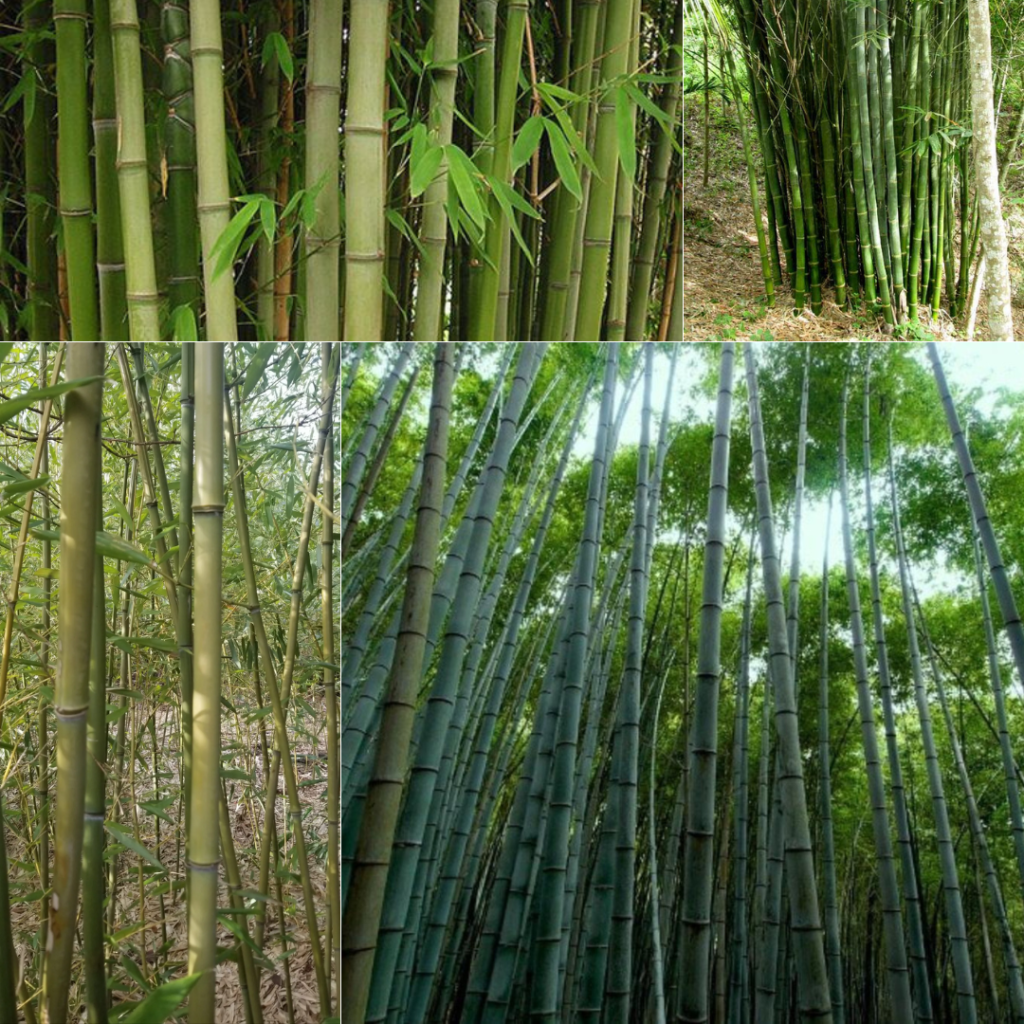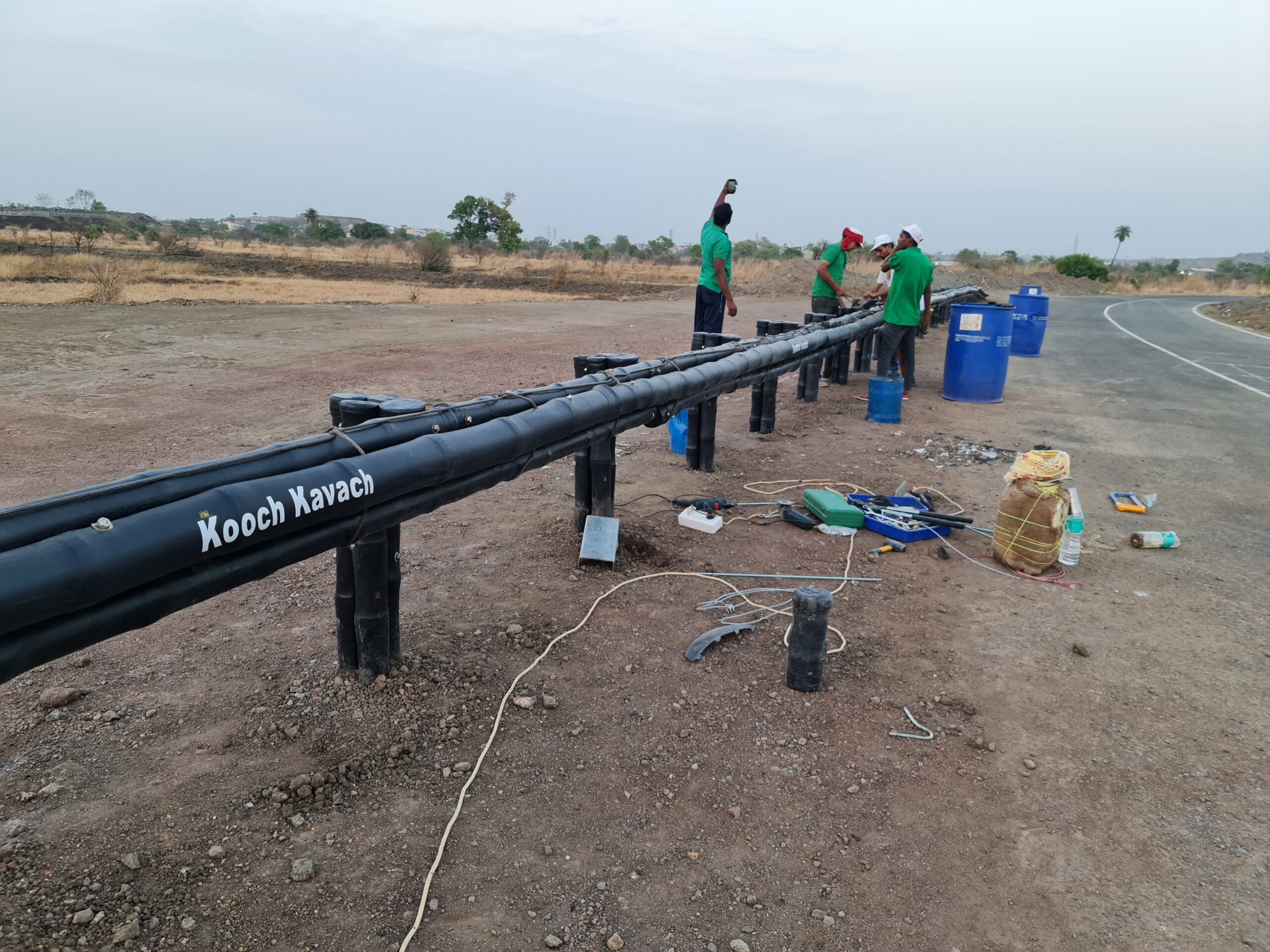Why Bamboo Crash Barriers are the Future of Roadway Safety?
Introduction
Roadway safety is a crucial concern, and crash barriers play a vital role in preventing accidents and protecting lives. While traditional metal beam crash barriers have been commonly used, a new trend is emerging with the adoption of bamboo crash barriers. This blog explores the advantages of bamboo crash barriers, highlighting their enhanced safety features, environmental sustainability, cost-effectiveness, and the growing global influence of this technology.
Advantages of Bamboo Crash Barriers: Sustainable Sourcing and Manufacturing
Bamboo crash barriers offer numerous advantages, particularly in terms of sustainable sourcing and manufacturing. These benefits include:
Enhanced Safety Features: Bamboo crash barriers demonstrate superior impact absorption and high tensile strength, effectively preventing vehicle crashes and reducing the severity of accidents. They provide a reliable safety barrier for drivers and passengers.
Renewable and eco-friendly: Bamboo is a rapidly renewable resource that grows quickly and abundantly. It can be harvested without harming the plant or depleting natural resources. This sustainable sourcing of bamboo makes it an environmentally friendly choice for crash barriers.
Low environmental impact: Bamboo crash barriers have a significantly lower carbon footprint compared to traditional metal beam barriers. Bamboo plants absorb carbon dioxide from the atmosphere, contributing to carbon sequestration and reducing greenhouse gas emissions.
Eco-friendly Manufacturing Processes: The manufacturing of bamboo crash barriers involves environmentally friendly processes that minimize waste and energy consumption. This further contributes to the overall sustainability of the product.

Rigorous Testing and Certification
Bamboo crash barriers undergo rigorous testing and certification processes to ensure their reliability and safety:
Testing Procedures and Standards: Bamboo crash barriers are subjected to comprehensive testing procedures, including impact resistance, strength, and durability. These tests adhere to industry standards and regulations.
Accreditation from Reputable Institutions: Bamboo crash barriers receive accreditation and certifications from reputable institutions, affirming their compliance with safety standards and their suitability for roadway applications.
Successful Implementations and Case Studies
Real-world examples highlight the effectiveness of bamboo crash barriers:
Real-World Installations: Numerous successful installations of bamboo crash barriers have been carried out in various regions, demonstrating their effectiveness in improving road safety.
Positive Outcomes and Impact: Case studies reveal the positive outcomes of bamboo crash barriers, such as reduced accident rates, lower severity of accidents, and increased overall safety on roadways.
Global Influence and Adoption
Bamboo crash barriers are gaining international recognition and adoption:
India’s Leadership: India has been at the forefront of promoting bamboo crash barriers, incorporating them into their road infrastructure projects and setting an example for other countries.
International Recognition: The use of bamboo crash barriers is gaining recognition and acceptance worldwide, with an increasing number of countries adopting this technology to enhance roadway safety.
Collaborations and Knowledge Sharing: Countries are collaborating and sharing knowledge to advance the understanding and implementation of bamboo crash barriers, fostering innovation and best practices.
Overcoming Challenges and Addressing Concerns
Addressing misconceptions and concerns associated with bamboo crash barriers:
Misconceptions about Bamboo: Common misconceptions about bamboo as a material are debunked, highlighting its strength, durability, and suitability for crash barrier applications.
Durability and Maintenance Considerations: The long-term durability and maintenance requirements of bamboo crash barriers are addressed, ensuring their viability and longevity as a safety solution.
Comparison to Traditional Metal Beam Barriers
While metal beam crash barriers have been widely used, they have certain disadvantages when compared to bamboo crash barriers. Let’s explore the key points of comparison:
Weight and Installation: Metal beam barriers, such as the W metal beam and Thrie beam crash barriers, can be heavy, making their transportation and installation more challenging and time-consuming. On the other hand, bamboo crash barriers are lighter, making them easier to transport and install, reducing labor costs and installation time.
Maintenance: Metal beam barriers are susceptible to rust and corrosion over time, requiring regular maintenance to ensure their effectiveness and longevity. In contrast, bamboo crash barriers do not rust or corrode, resulting in lower maintenance costs and efforts.
Cost-effectiveness: Bamboo crash barriers offer cost advantages compared to metal beam barriers. They have a longer lifespan, reducing the need for frequent replacements. Additionally, their lightweight nature and ease of installation contribute to lower labor costs.
Environmental Impact: The production and transportation of steel for metal beam barriers consume significant amounts of energy and contribute to greenhouse gas emissions. In contrast, bamboo crash barriers are made from rapidly renewable bamboo, which has a lower carbon footprint and is more environmentally sustainable.
Flexibility and Safety: Bamboo crash barriers exhibit greater flexibility during impacts, allowing them to absorb more energy and reduce the severity of accidents. Metal beam barriers, with their rigid structure, may be less effective in reducing the severity of accidents.
Future Prospects and Expansion
The future holds promising prospects for bamboo crash barriers:
Widespread Adoption: There is a potential for widespread adoption of bamboo crash barriers as their benefits become more widely recognized, leading to increased implementation in roadway projects globally.
Advancements in Bamboo Technology: Ongoing advancements in bamboo technology and design are expected, further improving the performance and versatility of bamboo crash barriers.
Integration with Smart Infrastructure: Integration of bamboo crash barriers with smart infrastructure and intelligent transportation systems can enhance roadway safety measures and create connected and responsive road networks.
Conclusion
Bamboo crash barriers represent a significant advancement in roadway safety. Their enhanced safety features, environmental sustainability, cost-effectiveness, and growing global influence make them the future of crash barrier technology. As countries embrace this innovative solution, bamboo crash barriers are set to revolutionize roadway safety, fostering a sustainable and safer transportation infrastructure for all.



Leave A Comment